Contents
- 1 The Ultimate Guide to Buying Japanese Maple Bonsai
- 1.1 The Beauty of Japanese Maple Bonsai
- 1.2 Understanding the Different Varieties of Japanese Maple Bonsai
- 1.3 Tips for Choosing the Right Japanese Maple Bonsai
- 1.4 Essential Tools and Supplies for Caring for Japanese Maple Bonsai
- 1.5 Step-by-Step Guide to Pruning and Shaping Japanese Maple Bonsai
- 1.6 How to Properly Water and Fertilize Your Japanese Maple Bonsai
- 1.7 Common Pests and Diseases of Japanese Maple Bonsai and How to Prevent Them
- 1.8 Japanese Maple Bonsai Care Mistakes to Avoid
- 1.9 Showcasing the Stunning Beauty of Japanese Maple Bonsai – Photo Gallery
- 1.10 Where to Buy Japanese Maple Bonsai Trees
- 1.11 Conclusion: Mastering the Art of Japanese Maple Bonsai
- 1.12 Let's Bring Nature Into Your Lovely House
The Ultimate Guide to Buying Japanese Maple Bonsai
Tips and Tricks from the Experts
As an avid bonsai enthusiast, I have always been captivated by the beauty and elegance of Japanese Maple Bonsai. These miniature trees, carefully cultivated and shaped, are a true work of art that can bring a sense of tranquility and harmony to any space. In this comprehensive guide, I will share with you everything you need to know about buying and caring for Japanese Maple Bonsai, including tips and tricks from the experts.
The Beauty of Japanese Maple Bonsai
Japanese Maple Bonsai, also known as Acer palmatum, is renowned for its stunning foliage and graceful branches. The leaves of this tree come in a wide range of colors, including vibrant reds, oranges, and yellows. The delicate and intricate patterns of the leaves add to the overall aesthetic appeal of the bonsai. The branches of the Japanese Maple Bonsai are often trained to grow in a cascading or weeping style, creating a sense of movement and flow.
Understanding the Different Varieties of Japanese Maple Bonsai
When it comes to Japanese Maple Bonsai, there are several varieties to choose from. Each variety has its own unique characteristics, including leaf shape, color, and growth habit. Some popular varieties include the Bloodgood, Emperor, and Crimson Queen. The Bloodgood variety is known for its deep red leaves, while the Emperor variety boasts vibrant orange and yellow foliage. The Crimson Queen variety has deeply dissected leaves that turn a brilliant red in the fall. It is important to research and understand the specific requirements of each variety before making a purchase.
Tips for Choosing the Right Japanese Maple Bonsai
Selecting the right Japanese Maple Bonsai tree is crucial to ensure its long-term health and vitality. When choosing a bonsai tree, look for a well-established and healthy specimen. The tree should have a strong trunk and well-developed branches. Avoid trees with signs of stress, such as yellowing leaves or weak growth. Additionally, consider the size of the bonsai tree and how it will fit into your space. Japanese Maple Bonsai trees come in various sizes, ranging from small tabletop specimens to larger trees that can be displayed on a stand. Choose a size that suits your preferences and the available space.
Essential Tools and Supplies for Caring for Japanese Maple Bonsai
To properly care for your Japanese Maple Bonsai, you will need a few essential tools and supplies. These include bonsai pruning shears, wire cutters, concave cutters, root hooks, and a bonsai soil mix. Pruning shears are used to trim the branches and foliage of the bonsai, while wire cutters are used to remove or adjust the wire that is used to shape the branches. Concave cutters are used to make precise cuts when pruning, and root hooks are used to comb out and untangle the roots. A good bonsai soil mix is essential for providing the tree with the necessary nutrients and drainage. It is important to invest in high-quality tools and supplies to ensure the health and longevity of your bonsai tree.
Step-by-Step Guide to Pruning and Shaping Japanese Maple Bonsai
Pruning and shaping are essential techniques for maintaining the form and aesthetic appeal of a Japanese Maple Bonsai. To begin, carefully examine the tree and identify any branches or foliage that need to be pruned. Use sharp pruning shears to make clean cuts, ensuring that you do not damage the surrounding branches or trunk. When shaping the branches, gently bend them into the desired position using wire. Be careful not to apply too much pressure, as this can cause damage to the branches. Regular pruning and shaping will help maintain the desired shape and size of your Japanese Maple Bonsai.
How to Properly Water and Fertilize Your Japanese Maple Bonsai
Proper watering and fertilization are crucial for the health and growth of your Japanese Maple Bonsai. The tree should be watered regularly, ensuring that the soil is evenly moist but not waterlogged. It is important to avoid both underwatering and overwatering, as these can lead to root rot or dehydration. Fertilize your bonsai tree with a balanced, slow-release fertilizer during the growing season to provide it with the necessary nutrients. Follow the instructions on the fertilizer package for the correct dosage and frequency of application. Additionally, consider using a foliar spray to provide extra nutrients to the leaves.
Common Pests and Diseases of Japanese Maple Bonsai and How to Prevent Them
Like any other plant, Japanese Maple Bonsai is susceptible to pests and diseases. Some common pests that can affect the health of your bonsai tree include aphids, scale insects, and spider mites. To prevent infestations, regularly inspect your bonsai tree for any signs of pests and take appropriate measures to control them. This may include using insecticidal soap or horticultural oil. Additionally, ensure that your bonsai tree is placed in a well-ventilated area with good air circulation to prevent the development of fungal diseases.
Japanese Maple Bonsai Care Mistakes to Avoid
While caring for Japanese Maple Bonsai can be a rewarding experience, there are some common mistakes that should be avoided. One common mistake is over-pruning, which can weaken the tree and inhibit its growth. It is important to prune only when necessary and to be mindful of the tree’s overall health. Another mistake is improper watering, which can lead to root rot or dehydration. Remember to water your bonsai tree regularly and monitor the moisture levels of the soil. Finally, avoid using low-quality tools and supplies, as these can damage the tree and hinder its growth.
Showcasing the Stunning Beauty of Japanese Maple Bonsai – Photo Gallery
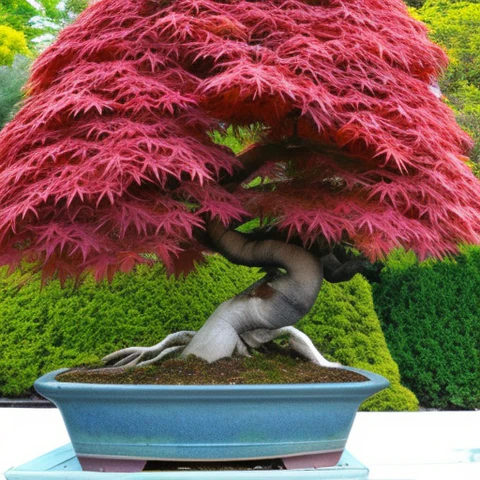
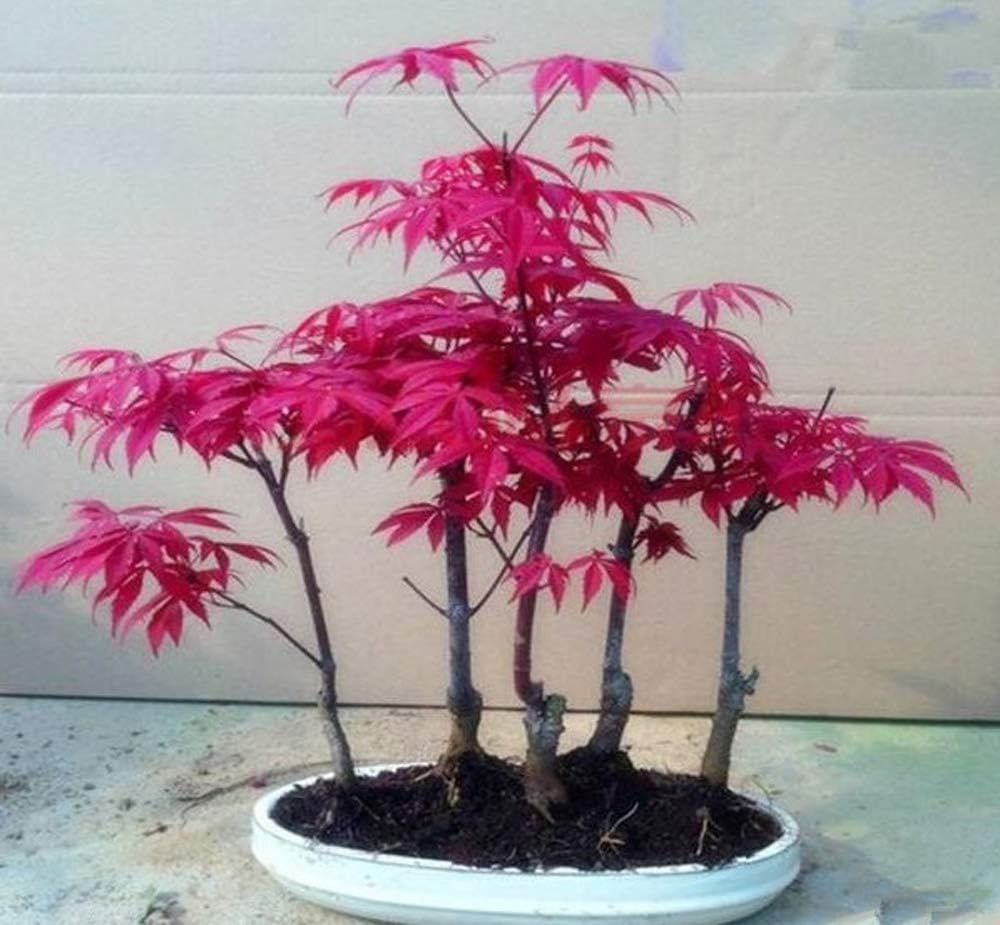
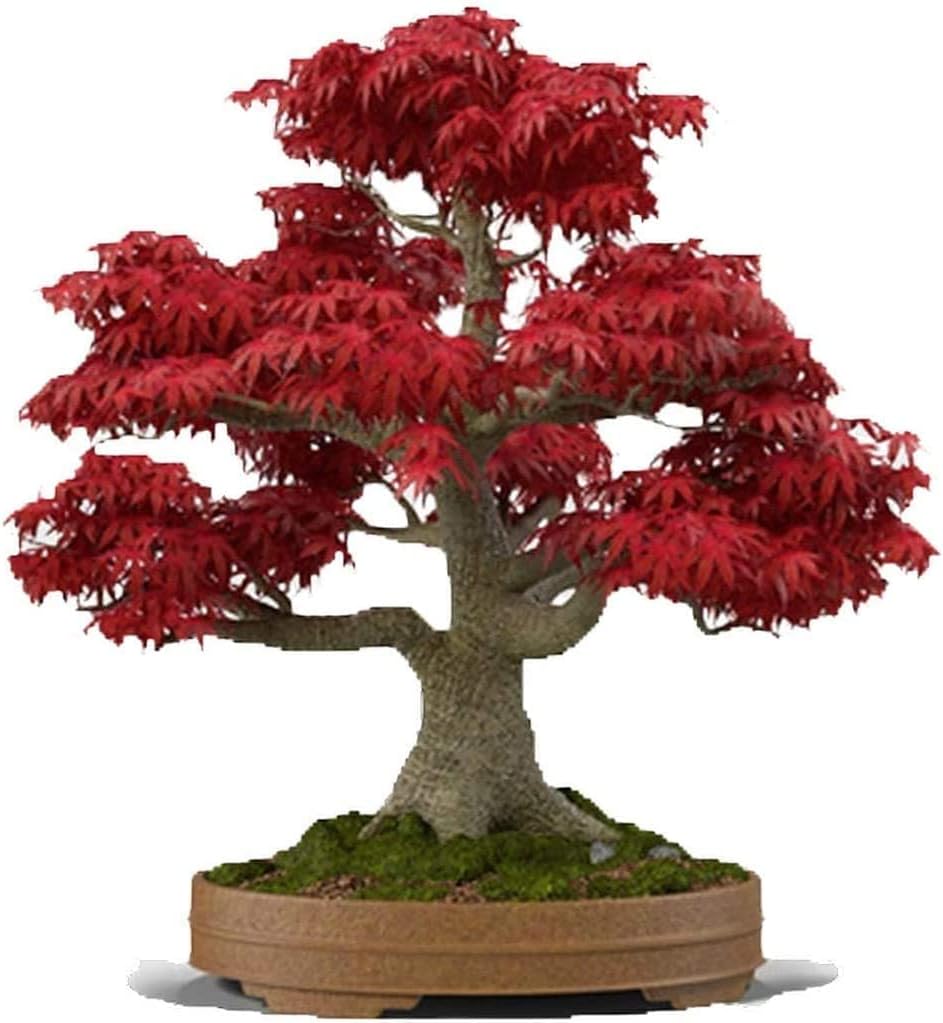
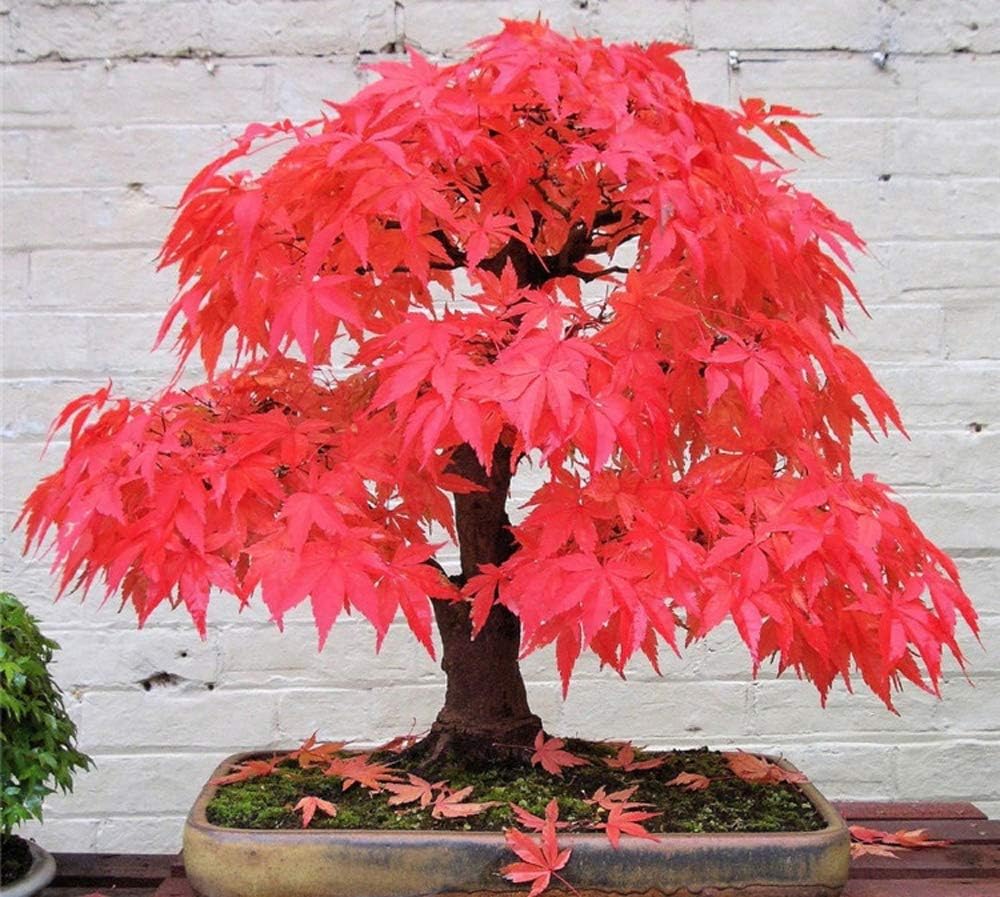
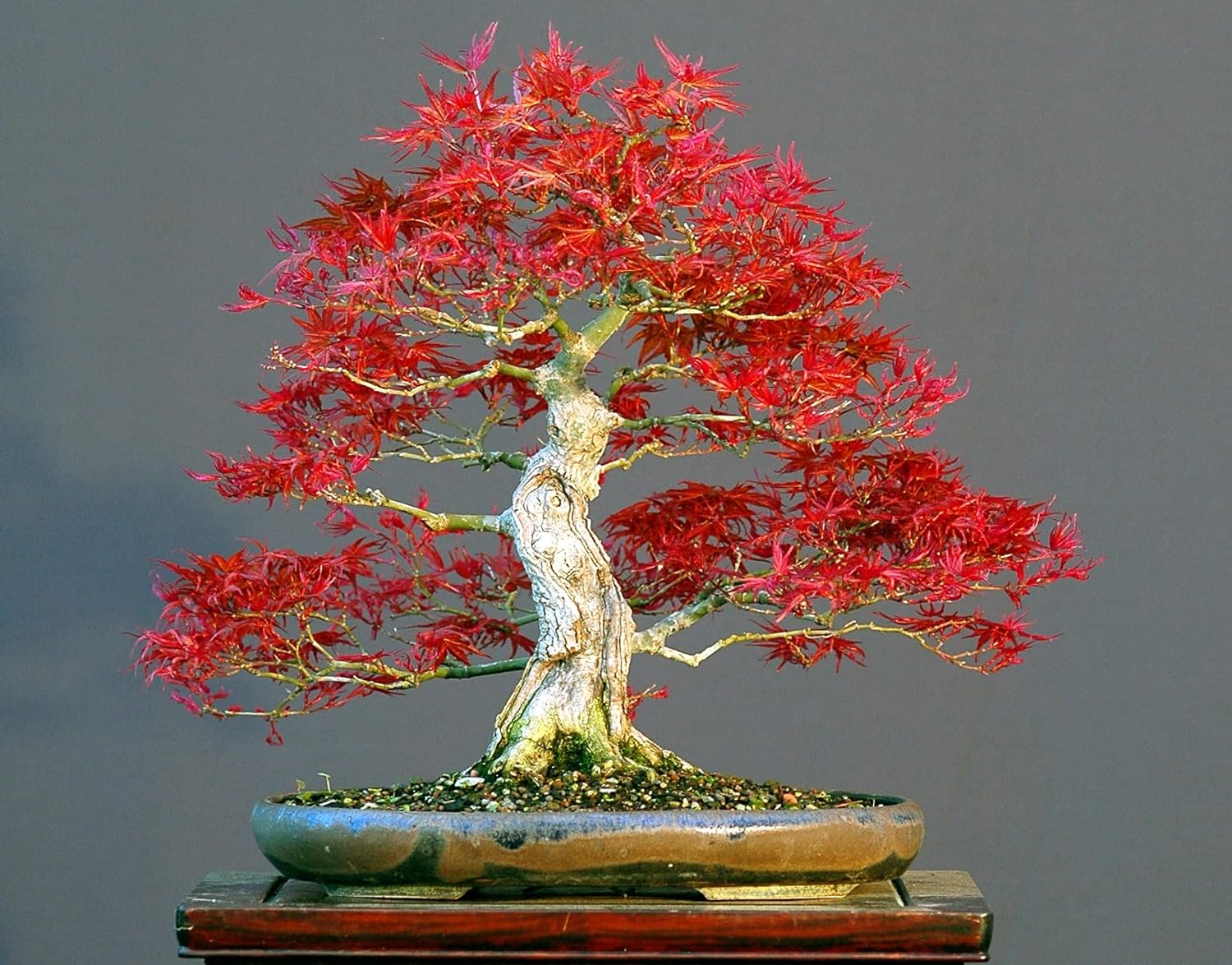
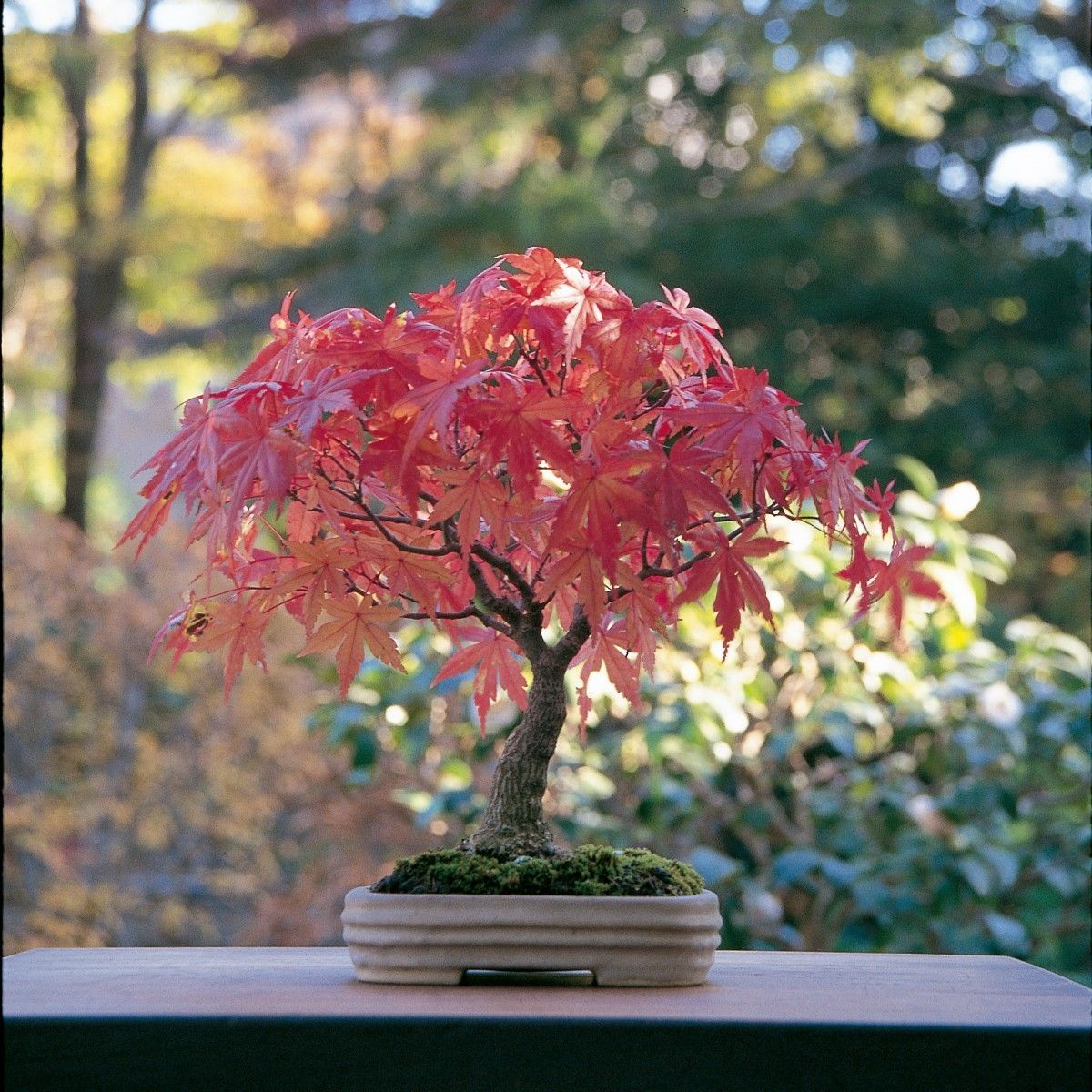
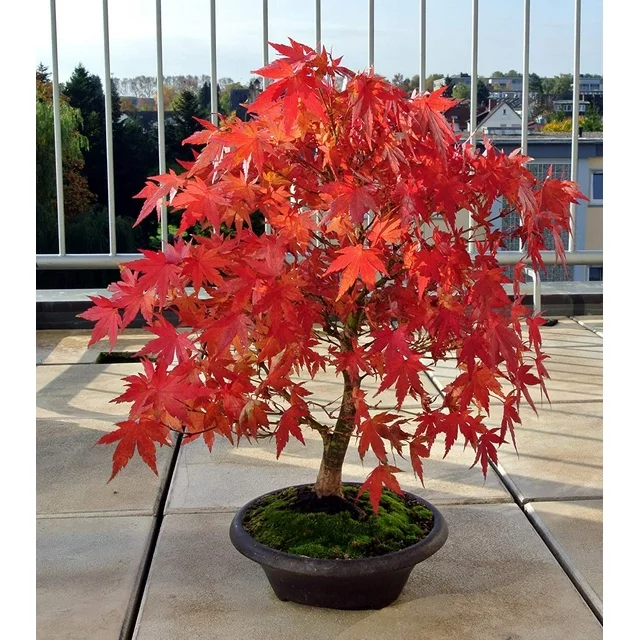
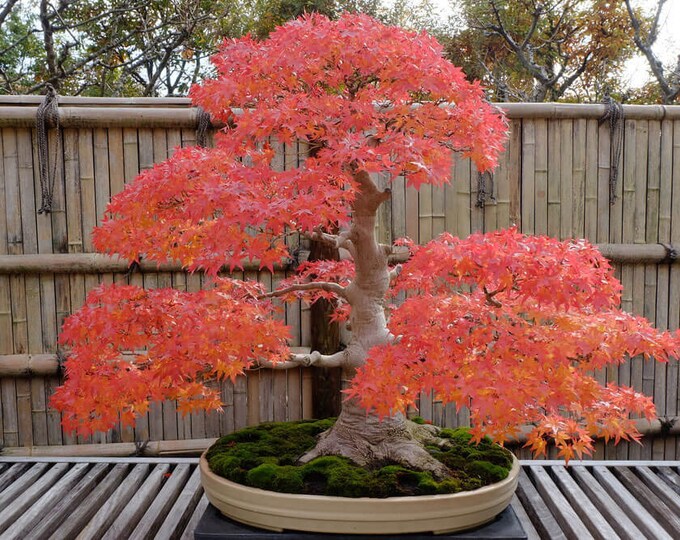
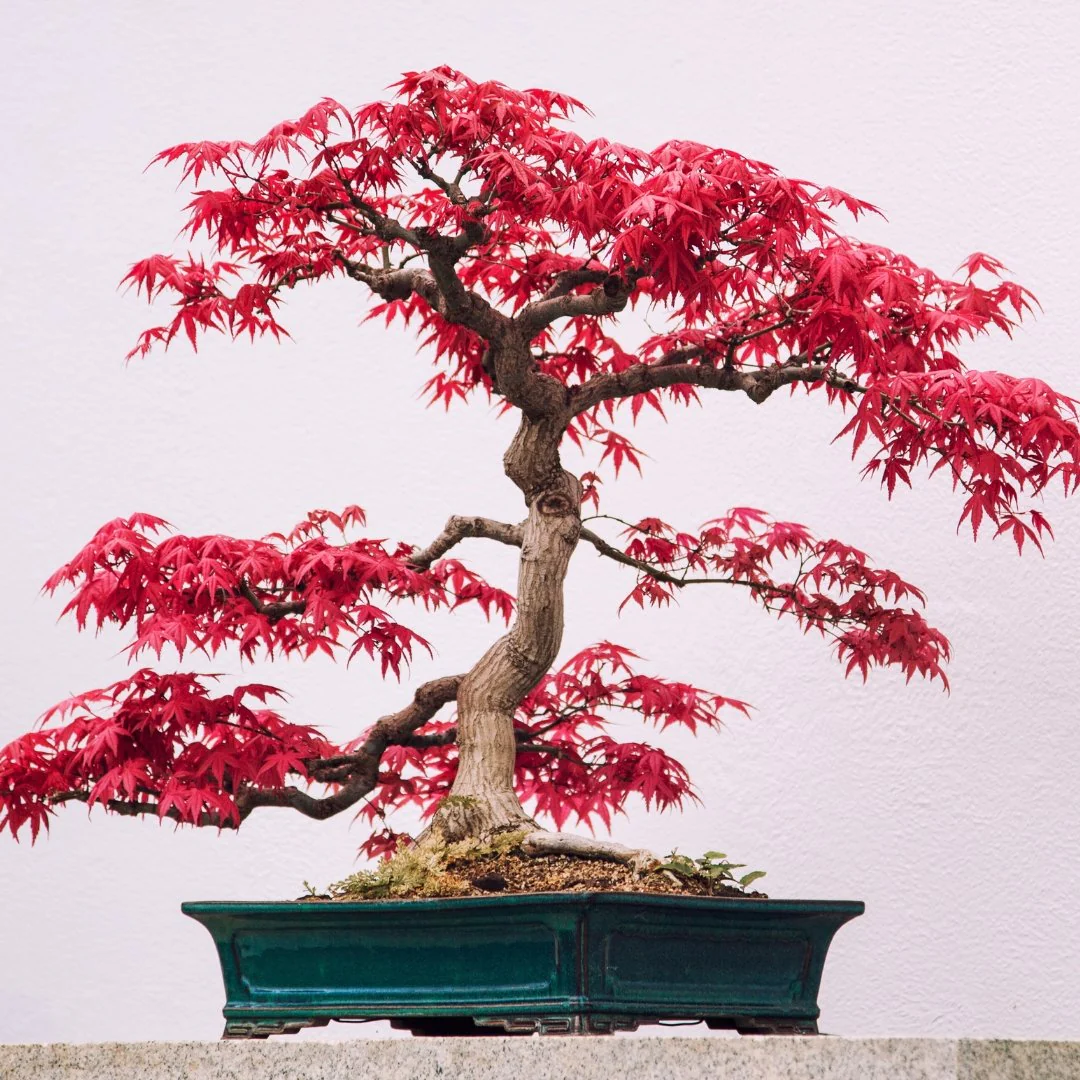
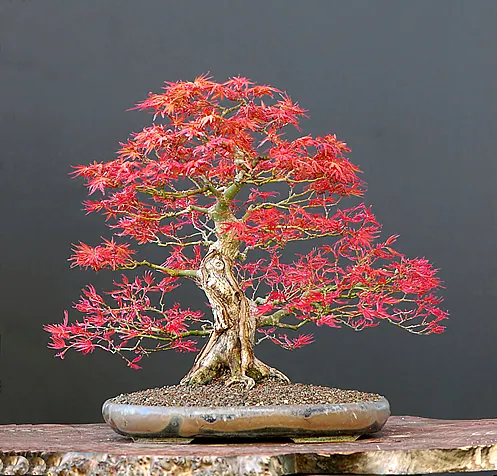
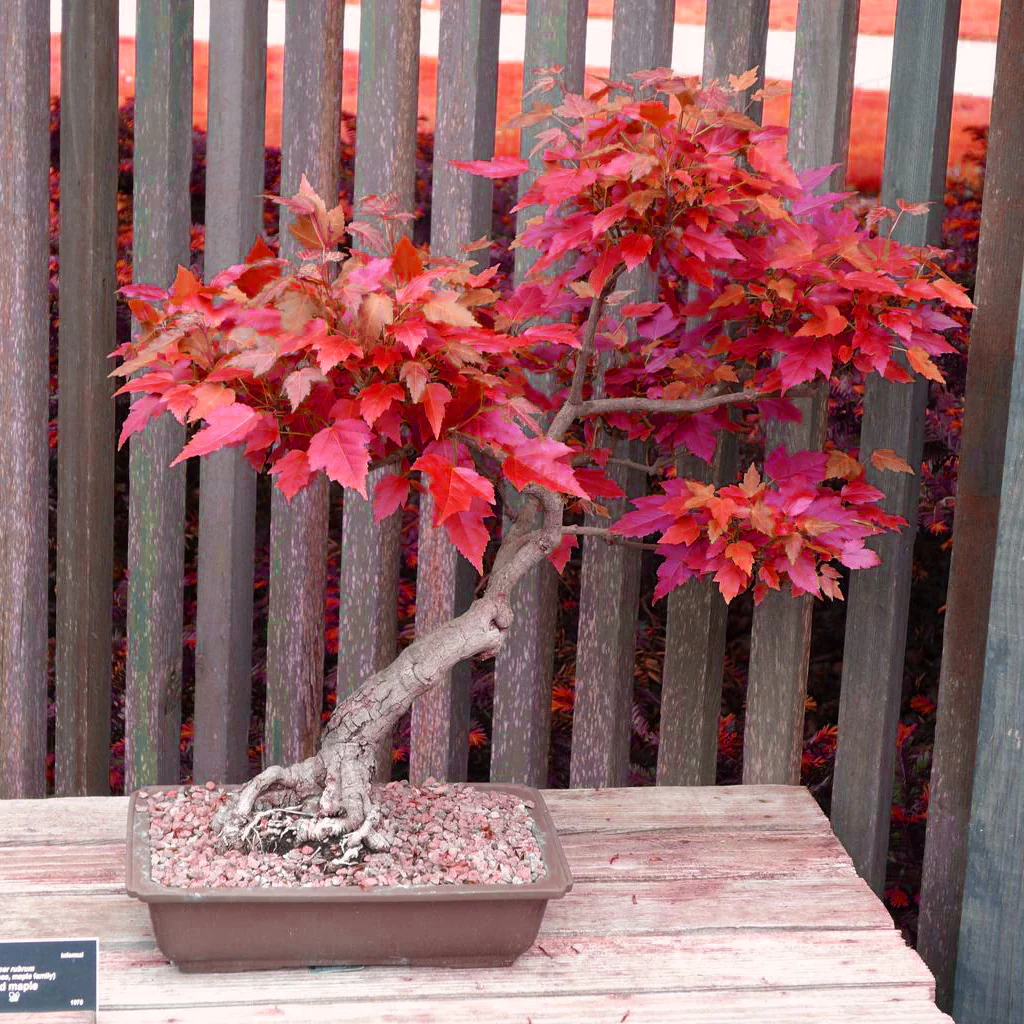
Where to Buy Japanese Maple Bonsai Trees
When it comes to buying Japanese Maple Bonsai trees, there are several options to consider. Local nurseries and bonsai specialty stores often carry a variety of bonsai trees, including Japanese Maple Bonsai. These establishments can provide expert advice and assistance in choosing the right tree for your needs. Additionally, there are online retailers that offer a wide selection of Japanese Maple Bonsai trees, allowing you to browse and compare different varieties and prices from the comfort of your own home.
Conclusion: Mastering the Art of Japanese Maple Bonsai
In conclusion, Japanese Maple Bonsai is a captivating and rewarding art form that requires patience, dedication, and a deep understanding of the tree’s needs. With the tips and tricks shared in this guide, you are now equipped with the knowledge to choose and care for a Japanese Maple Bonsai tree with confidence. Remember to invest in high-quality tools and supplies, regularly prune and shape your bonsai tree, and provide it with proper watering and fertilization. By following these guidelines and avoiding common mistakes, you can create a stunning masterpiece that will bring beauty and tranquility to your space for years to come.
Click Here to browse a wide selection of Japanese Maple Bonsai trees and start your bonsai journey today!
Let's Bring Nature Into Your Lovely House
Use these paragraphs to focus on the topic in the headline. Make sure you keep it short and attractive.